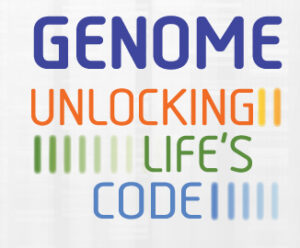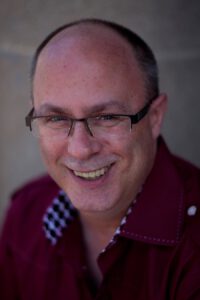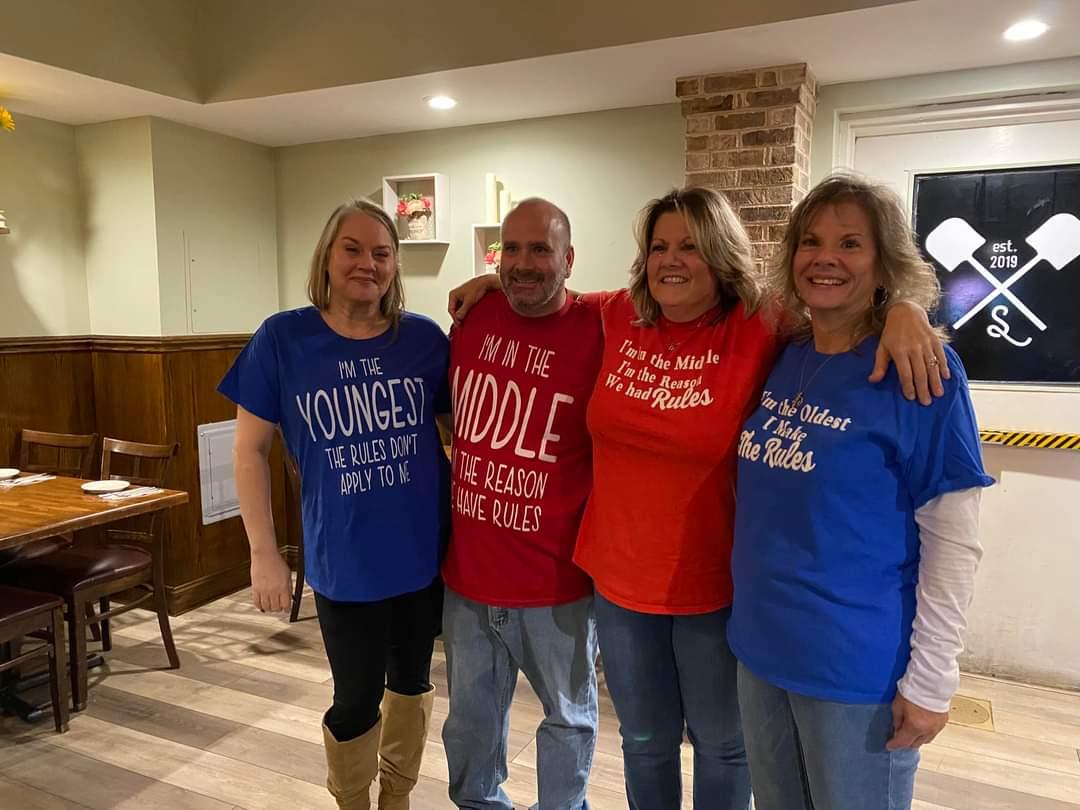 Sixty years after Crick and Watson showed us the double helix structure of DNA, the Smithsonian opens the exhibition “Genome: Unlocking Life’s Code,” showing us all how the genetic revolution continues to change our lives, our health and our understanding of the human story.
Sixty years after Crick and Watson showed us the double helix structure of DNA, the Smithsonian opens the exhibition “Genome: Unlocking Life’s Code,” showing us all how the genetic revolution continues to change our lives, our health and our understanding of the human story.
The exhibition – just opened at the Smithsonian National Museum of Natural History – includes a rich collection of exhibits that explain the basics of genetics, as well as offer insight into the genetic secrets being unlocked by scientists now.
“Most people won’t know what ‘genome’ means when they walk into the building, but they will when they leave,” said National Human Genome Project, Director Dr. Eric Green.
Back in April in comments he made on DNA Day, Green said that the exhibition would trigger curiosity about genetics and inspire people to think and ask questions about the science, ethics and societal implications surrounding what many have dubbed the era of the “genetic revolution.”
The exhibition, which is presented in collaboration with the National Human Genome Research Institute as well as with contributions from other private foundations and companies, including 23andMe, also looks at the impact genetic science has on individuals. One of the exhibits includes a collection of stories from 23andMe customers.

Neil Schwartzman
“I’m pleased as punch,” said Neil Schwartzman, who found his biological sister, mother, father and half brother using 23andMe. “I just wish my adoptive parents were alive so that they could come and see it.”
Neil’s story –as well as the stories of eight other 23andMe customers – is included in a portion of the exhibit that looks at how individuals have used DNA to discover something new about their ancestry and where in the world they can trace their roots. Researchers working with the Smithsonian also interviewed each of the individuals to learn more not just about what they discovered but what those insights meant to their own sense of self.
Neil, who was adopted, spent years trying to find out about his family. It wasn’t until he tested with 23andMe and found his sister Jolie that he got answers. The testing also informed him about his Ashkenazi Jewish ancestry, as well as ancestry that he can trace back to Scotland and parts of Eastern and Northern Europe.
For Miguel Aguilera, another 23andMe customer, it was hard to top having his own story included in a Smithsonian exhibit.
“It’s really exciting,” said Miguel, who plans to travel to D.C. and attend an opening ceremony.
“I think this is probably the closest I’ll come to ever being famous.”
Miguel, along with several other 23andMe customers, will attended an opening ceremony this week.
Miguel’s story is familiar to many immigrants. He came to the U.S. from Mexico, and his ancestry reflects the rich mix of cultures there. When he tested with 23andMe, he was able to see a visualization of the vivid mix of his own ancestry: European, Native American and African. He expected to find Native American ancestry, and ancestry traced to Spain and France, but Miguel said he was surprised to also learn that he had a smattering of ancestry from Africa, Sardinia and Ashkenazi Jewish ancestry.
“I was surprised by that,” he said.
23andMe customer Monica De Armond, also participated.
She too has a rich mix of ancestry. Her mother is Mexican-American and her father is African American. She wanted to explore her DNA mostly out of curiosity.
For Monica, the experience showed her the surprising interconnections between people of different ancestry, blurring some of the lines that sometimes divide people.
“It really opens up your notion of identity,” she said.
This Smithsonian exhibition was developed and produced through a partnership between the Smithsonian National Museum of Natural History and the National Institutes of Health National Human Genome Research Institute, a part of the U.S. Department of Health and Human Services.
The plan is to have the exhibition run through September 1, 2014, followed by a traveling exhibition over the next four years.
The rapid advancement in the science has outpaced many people’s understanding of genetics.
The exhibition is meant to help people understand how the DNA inside every living thing on earth holds a complete set of instructions needed for that organism to grow and function. The intent of the exhibition is to explain that most basic kind of information as well as illustrate how scientists have identified thousands of genetic variants that contribute to disease, including different cancers and rare illnesses. The exhibit will show how the science is making health treatment more personalized and offering more insight into the human story – how our ancestors’ came out of Africa and populated the world.
For more information visit http://unlockinglifescode.org/.
23andMe is intended for research and educational purposes only. 23andMe’s services are not a substitute for professional medical or diagnostic advice.



